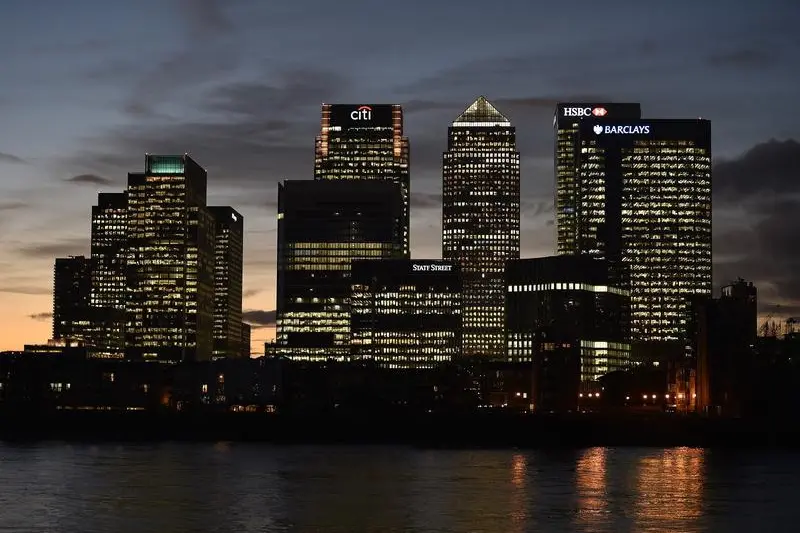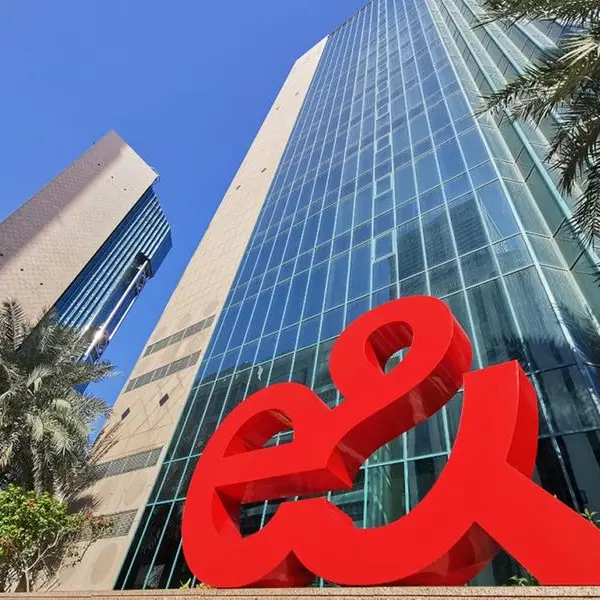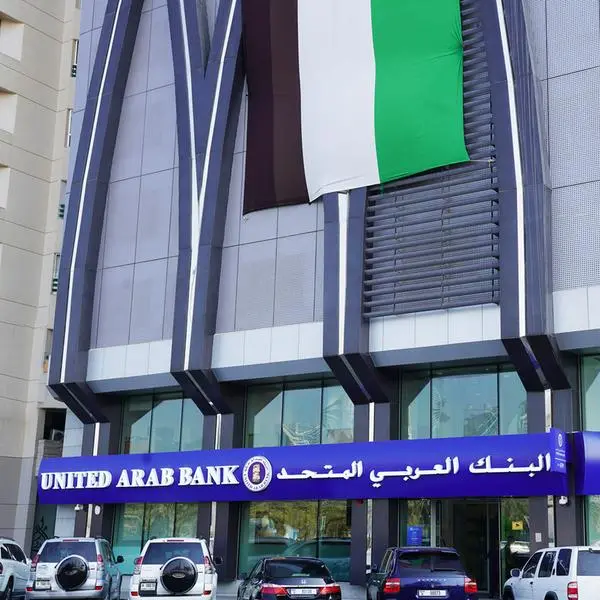PHOTO
Sunday, Sep 04, 2016
Dubai
Soft oil and local economies did not get in the way of Middle East investors committing a substantial $10 billion (Dh36.73 billion) on overseas commercial real estate in the first six months of the year, according to CBRE data. In fact, the region’s sovereign wealth funds — particularly that of Qatar and UAE — were the most active in spreading the funds abroad, the consultancy adds.
The overseas commitments look likely to continue as “SWFs increase the weighting of their portfolios and include a higher proportion of real estate”, the report finds.
Qatar and the UAE provided three-quarters of Middle East outflows into global real estate last year. The resurgence of SWF investments was the major driver with substantial acquisitions that were led by QIA (Qatar Investment Authority) and Adia (Abu Dhabi Investment Authority). Last year, SWFs as a group ploughed $13.64 billion in prime overseas real estate, CBRE estimates show. UAE based investors as a whole bought $7.3 billion worth of overseas assets all through last year.
The split as to which locations took up the highest share of Middle East fund flow for H1-16 was not given. Based on 2015 figures, New York was in the lead (with a $5.47 billion intake of regional funds) and followed by London ($4.22 billion) and Hong Kong $2.38 billion). (But of the Middle East investments in London last year, SWFs’ share was limited. Whether this remains the case even during this year will be interesting to know.)
“In spite of oil pricing of between $40-$50 per barrel, capital leaving the Middle East has continued to target global real estate markets from H2-15 to H1-16,” said Nick Maclean, Managing Director, CBRE Middle East.
The fund flows into overseas markets suggests investors seem to prefer the more stable yields there as opposed to what they might get from retaining it within their domestic real estate.
“SWFs have increased their allocation to real estate and family offices and high networth individuals have increased their overseas spending to achieve greater diversity. London is a key target for this latter group and the combination of a favourable exchange rate and economic growth has led to the institutions looking very closely again at the US.”
In fact, the CBRE reckons that in comparison to other regions, Middle East real estate only sees marginal investments led by regional investors.
“Just a small number of major institutional investment transactions (were) completed over the past year,” the report adds. “It is clear that the asset focus of investors is being heavily influenced by the market’s structural challenges, with limited commercial investment driven by the underdeveloped nature of the market and unwillingness on behalf of owners to part with prime assets.”
But over the longer term, things could change. “We expect to see the market open up in coming years, as regional governments access new avenues for capital raising amid an environment of lower hydrocarbon revenues and tighter liquidity,” said Matthew Green, Head of Research & Consulting, CBRE M.E.
“So far the market’s full potential is still to be realised amid limited availability of investment grade product, low investment volumes and a general disconnect between the valuation of buyers and sellers.”
Box
Hotels and offices top picks for regional buyers
* In overseas markets, hotels and office properties led the way in drawing Middle East buyer interest. Each asset class accounted for $8 billion plus.
* Between 2008 and H1-16, Middle East based buyers accounted for 22.6 per cent of cross-regional investment in the world’s 25 most popular cities for foreign acquisitions. In absolute terms, London ($28.5 billion) saw the most investment from this region.
By Manoj Nair Associate Editor
Gulf News 2016. All rights reserved.












